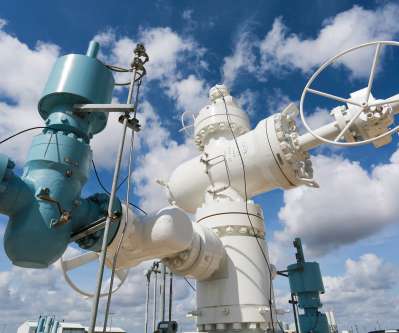Mitsubishi Power & Texas Brine partner on large-scale salt cavern storage for hydrogen to support decarbonization efforts in the eastern US
Green Car Congress
MAY 13, 2021
This collaboration expands Mitsubishi Power’s capability to store hydrogen safely and cost effectively in salt caverns in strategic locations across North America. Hydrogen has been stored in salt caverns for decades in the US Gulf Coast.



















Let's personalize your content